Since the inception of online advertising over two decades ago, the advertising technology (AdTech) landscape has continually evolved, introducing numerous solutions to address the challenges faced by advertisers and publishers alike. These innovations aim to streamline and enhance the media buying and selling process.
While platforms like Demand-Side Platforms (DSPs), Supply-Side Platforms (SSPs), and ad exchanges have significantly shaped the digital advertising ecosystem, one technology stands out for its enduring relevance since the early days of online advertising: the Ad Server.
Understanding the Ad Server: Core Technology in AdTech
An ad server is a foundational piece of advertising technology utilized by publishers, advertisers, ad agencies, and ad networks to effectively manage and execute online advertising campaigns. At its core, an ad server’s primary function is to make rapid decisions about which advertisements to display on a website and then serve those ads instantaneously. Beyond ad delivery, ad servers are crucial for collecting and reporting vital data, such as impressions and clicks. This data provides advertisers with actionable insights to monitor campaign performance and optimize their strategies.
Think of an ad server as the WordPress of the advertising world. Just as WordPress empowers users to manage website content seamlessly, ad servers provide the tools to manage and deliver online advertising content, ensuring the right ads are shown to the right users at the right time on a website.
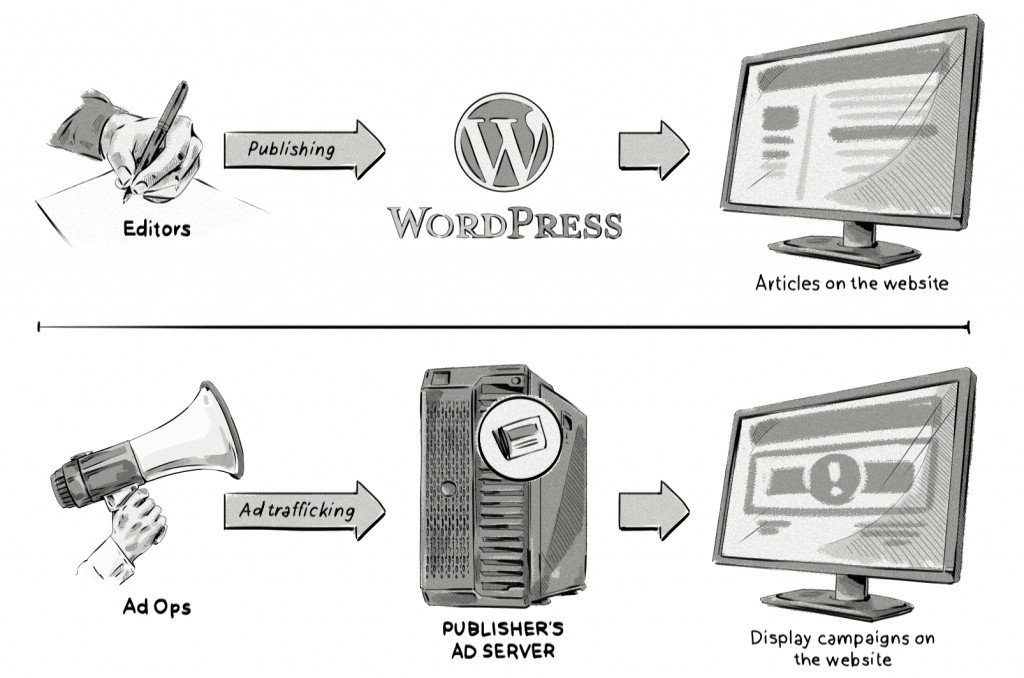 Ad server functionality compared to WordPress content management
Ad server functionality compared to WordPress content management
The Genesis of Ad Servers: A Look Back
The concept of ad servers emerged in 1995, coinciding with the nascent stages of the online advertising industry. Initially, these early ad servers were developed to assist publishers in managing and controlling the delivery of online advertisements on their websites.
In these early years, ad targeting capabilities were rudimentary. Advertisers were limited to targeting ads based on very basic header information extracted from a user’s browser, including:
- User’s computer language settings
- The URL of the webpage where the ad was loading
- Browser type and version
- User’s operating system
FocaLink Media Services, founded by Dave Zinman, Andrew Conru, and Jason Strober, is widely recognized for launching what is considered the first ad server in 1995.
Since then, ad servers have undergone significant advancements, continuously adapting to the dynamic AdTech ecosystem and evolving to meet the increasingly sophisticated demands of both advertisers and publishers.
Functionalities such as advanced targeting options, budget management, and frequency capping, initially pioneered by ad servers, have now been integrated into newer platforms like DSPs and SSPs, demonstrating the foundational role of ad servers in shaping the broader AdTech landscape.
Expert Ad Server Development Services
Our specialized AdTech development teams are equipped to partner with you in designing, building, and maintaining custom-built ad servers tailored for any programmatic advertising channel.
Learn more about our Ad Server Development
Decoding the Role of an Ad Server: Publishers vs. Advertisers
Ad servers are utilized by two primary groups: publishers (using what are known as first-party ad servers) and advertisers (employing third-party ad servers).
While the underlying technology of first-party and third-party ad servers is fundamentally the same, their applications and objectives differ slightly based on the needs of publishers and advertisers.
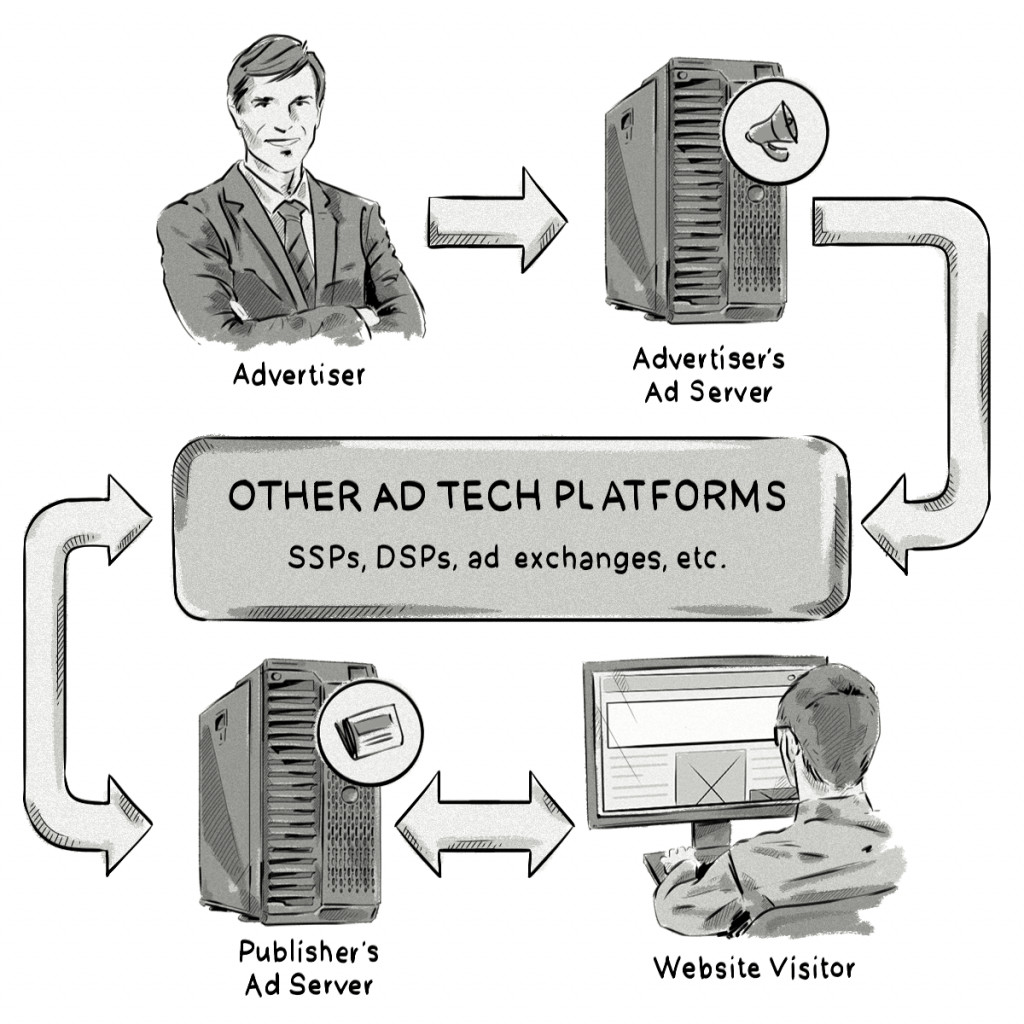 First-party and third-party ad server roles in the advertising ecosystem
First-party and third-party ad server roles in the advertising ecosystem
Both first-party and third-party ad servers facilitate direct ad buying and selling (direct deals) and integration with other AdTech platforms, including real-time bidding (RTB) environments.
First-Party Ad Servers: Publisher-Side Management
First-party ad servers are essential tools for publishers, enabling them to efficiently manage ad inventory on their websites. They primarily handle ads sold directly to advertisers through direct campaigns.
When direct campaigns are not available to fill ad slots, first-party ad servers intelligently manage and decide which ad codes to serve. This can include sourcing ads from third-party ad servers, SSPs, or ad networks to maximize revenue.
A first-party ad server’s key responsibilities include:
- Targeting: Determining which ads to display based on detailed targeting parameters.
- Serving: Delivering the selected ads to website visitors.
- Data Collection and Reporting: Gathering and reporting crucial data like impressions and clicks for performance analysis and inventory management.
- Inventory Forecasting: Predicting future ad inventory availability based on current campaigns and anticipated traffic, helping publishers plan sales strategies.
Third-Party Ad Servers: Advertiser-Centric Campaign Tracking
Advertisers leverage third-party ad servers to gain comprehensive oversight and tracking of their advertising campaigns. When an ad is served, the advertiser’s third-party ad server tag is triggered by the publisher’s first-party ad server. While third-party servers have slightly limited functionality compared to first-party servers in terms of direct ad serving, they excel in campaign measurement and verification.
Key functions of third-party ad servers include:
- Campaign Data Aggregation: Centralizing campaign data from across all publishers, ad networks, and platforms, providing a unified view of performance.
- Verification and Auditing: Independently verifying key metrics like impressions and clicks, ensuring accurate reporting and delivery confirmation. Discrepancies between publisher and advertiser reports can occur, and third-party servers help establish a reliable benchmark.
- Creative Optimization: Enabling advertisers to make creative adjustments, such as changing ad creatives or running A/B tests to optimize campaign elements based on performance data.
- Data Ownership and Control: Granting advertisers ownership and control over the audience data collected through their campaigns, valuable for future targeting and analysis.
How Ad Servers Function: The Ad Serving Process
To fully grasp the operation of ad servers, it’s helpful to understand their origin and the initial needs they addressed.
As the internet surged in popularity in the mid-1990s, traditional print publishers expanded online. This digital shift created vast content opportunities and unlocked the potential of display advertising.
Initially, the process of buying and selling ads between advertisers and publishers was direct and manual. Publishers soon recognized the need for a more streamlined and efficient system to manage the growing number of advertiser campaigns running on their websites. This need led to the development of the first-party ad server, designed specifically for publishers.
First-Party Ad Server Workflow Explained
The diagram below illustrates the end-to-end ad-serving process within a first-party ad server environment:
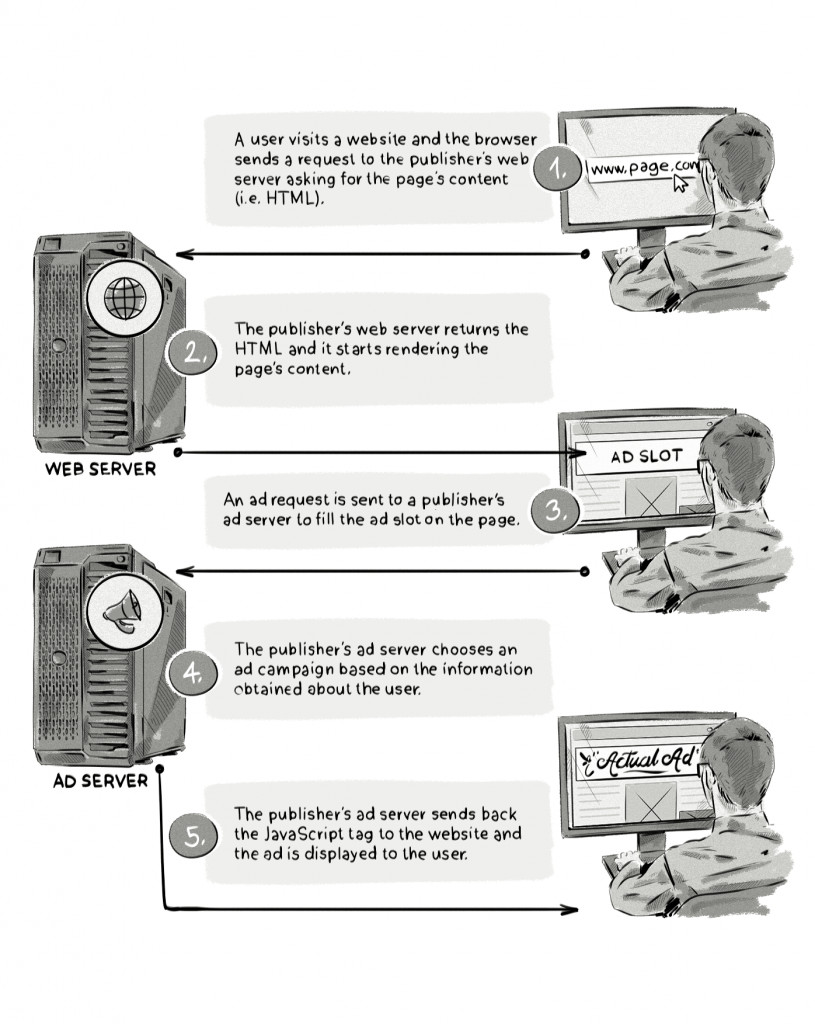 Diagram illustrating the first-party ad server process
Diagram illustrating the first-party ad server process
Over time, advertisers also identified a critical need: a centralized solution to host their ad creatives and measure campaign performance across multiple publishers. They needed to track metrics like impressions, clicks, and conversions holistically.
The answer to these challenges was the third-party ad server, also known as the advertiser’s ad server.
Third-Party Ad Server Workflow and Integration
Third-party ad servers operate in conjunction with first-party ad servers. The following diagram illustrates the interaction between a third-party (advertiser’s) ad server and a first-party (publisher’s) ad server:
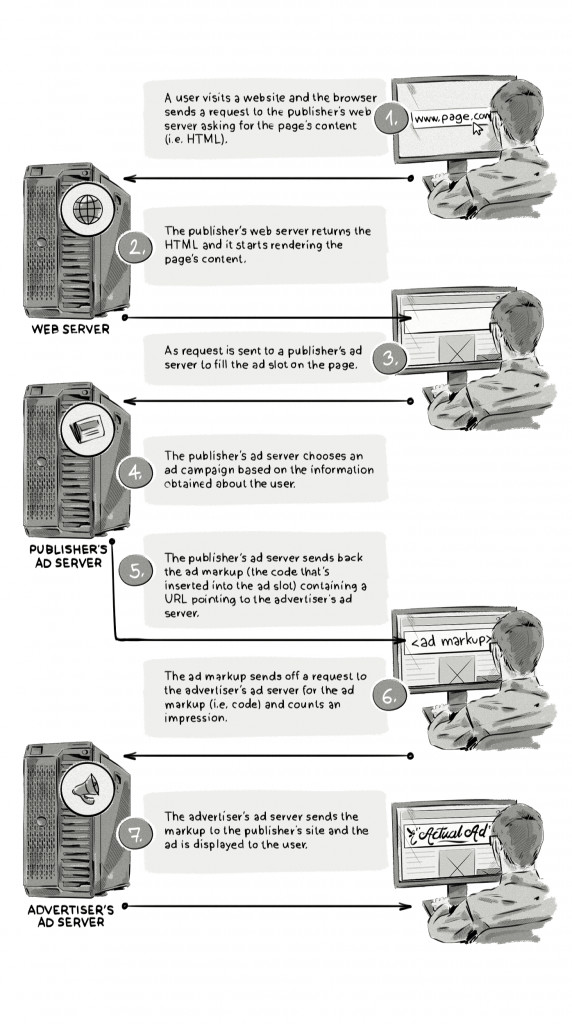 Diagram illustrating the third-party ad server process in relation to first-party ad servers
Diagram illustrating the third-party ad server process in relation to first-party ad servers
Third-party ad servers empower advertisers to:
- Centralize Ad Code Management: Store and efficiently manage all ad codes in one location.
- Define Campaign Tracking: Set up specific tracking criteria to monitor key performance indicators (KPIs) for each campaign.
- Holistic Performance Tracking: Track campaign performance across all publishers in a single, unified system, providing a comprehensive view.
- Measure Campaign Reach: Accurately measure the overall reach of a campaign, accounting for audience overlap across different publishers.
- Verify Publisher Reports: Independently verify the accuracy of reports provided by publishers regarding ad delivery and performance.
- Optimize Campaigns: Leverage data and insights to make informed decisions and optimize campaigns for better results.
Leading Ad Server Platforms in the Digital Advertising Ecosystem
Many prominent ad server platform providers offer comprehensive solutions tailored for both advertisers and publishers. Here are some notable examples:
Kevel: Provides infrastructure APIs to rapidly launch custom ad platforms for various ad formats, including sponsored listings and native ads. Their clientele includes major brands like Ticketmaster and Yelp.
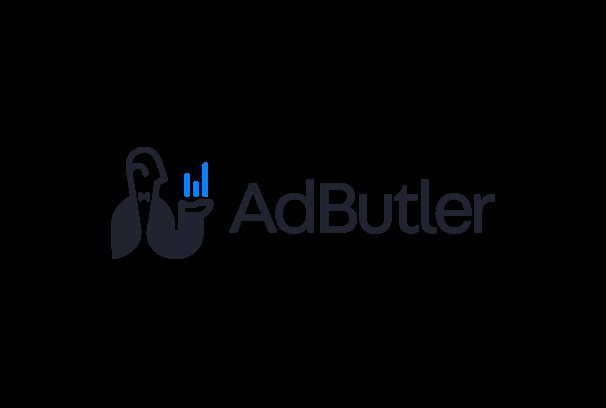
AdButler: A full-stack ad serving solution designed for publishers and supply-side networks, offering features like a self-serve marketplace and advanced targeting. Businesses such as Costco and Pattison Media utilize AdButler.
DoubleClick for Publishers (DFP) (Now part of Google Ad Manager): A robust platform offering dynamic allocation via Ad Exchange, comprehensive reporting, and extensive monetization options, making it a preferred choice for many premium publishers.
OpenX: Provides access to premium advertising inventory on reputable publisher sites, offering solutions for both advertisers and publishers. Brands like Electronic Arts and Samsung are among OpenX’s advertising partners.

Atlas Solutions (Acquired by Facebook, now sunsetted, but historically significant): Offered advanced analytics, demographic targeting, and cross-device advertising capabilities. It played a role in Facebook’s broader advertising ecosystem.

AdGear: (Now part of Samsung Ads): An integrated platform designed for dynamic ad allocation, incorporating traffic forecasting, delivery planning, and targeting parameters.
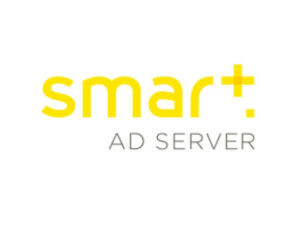
Expert Ad Server Development Services
Our AdTech development teams are ready to assist you in the design, development, and ongoing maintenance of custom ad servers for any programmatic advertising channel.
Explore Custom Ad Server Development
 Related article about video advertising
Related article about video advertising
[

